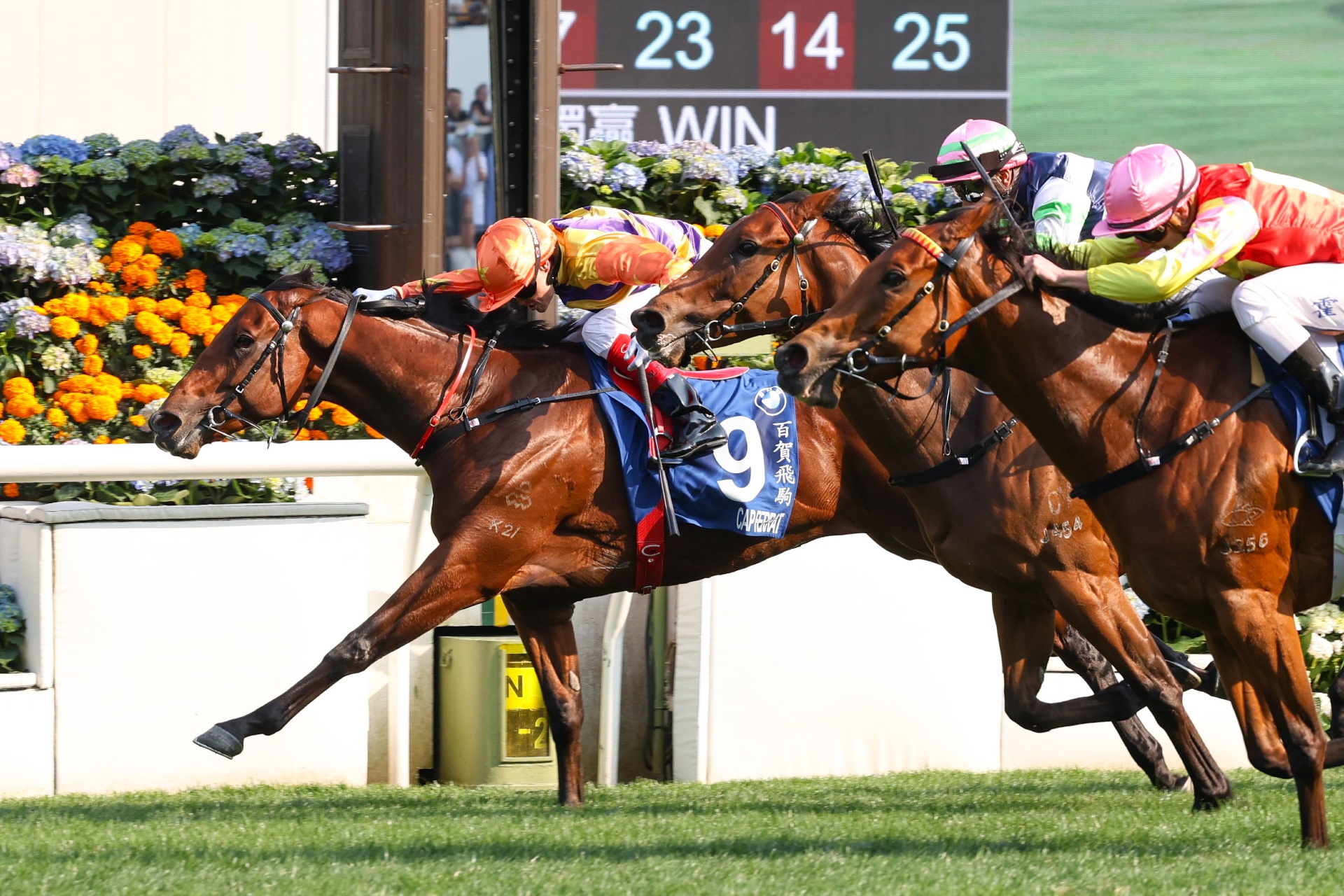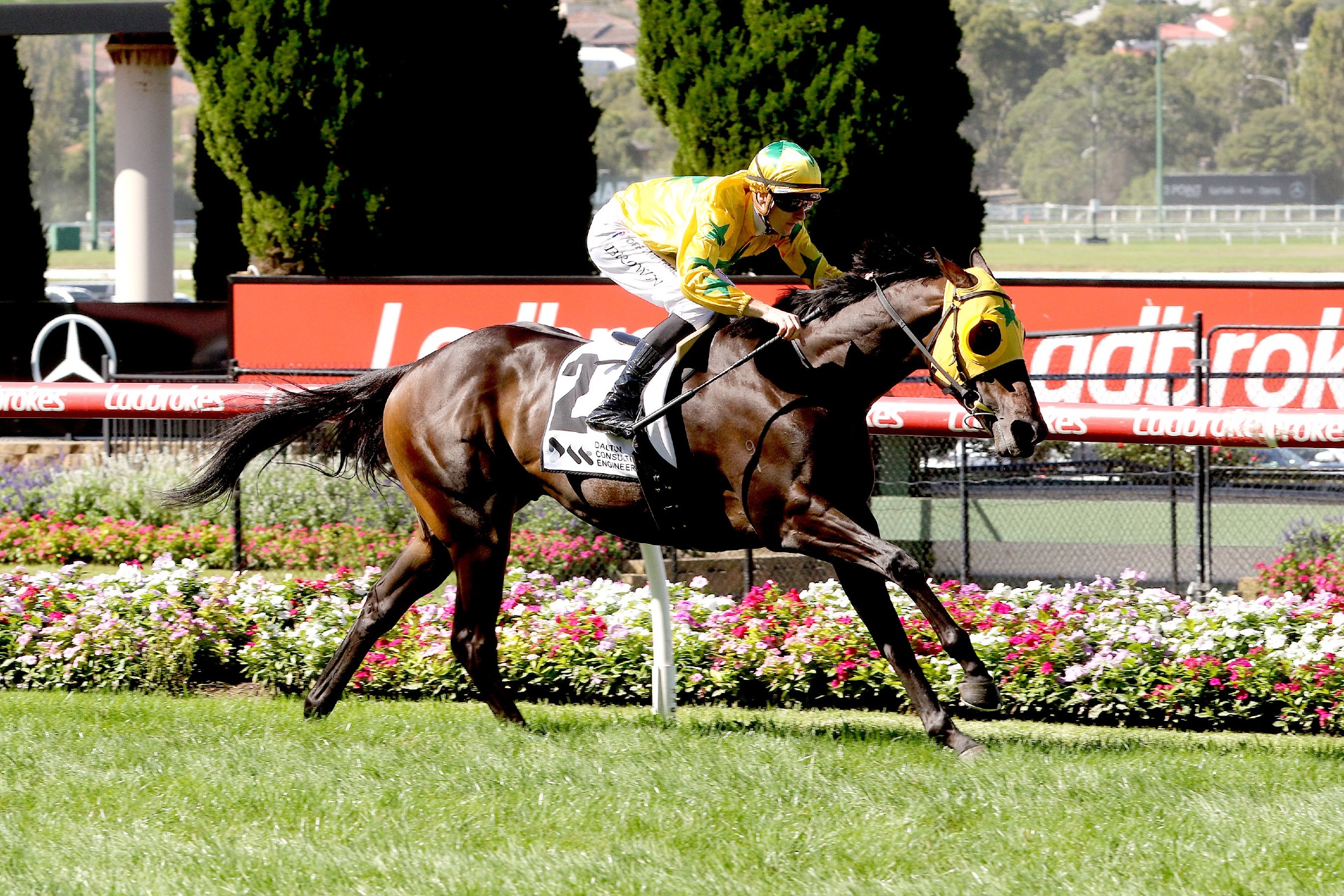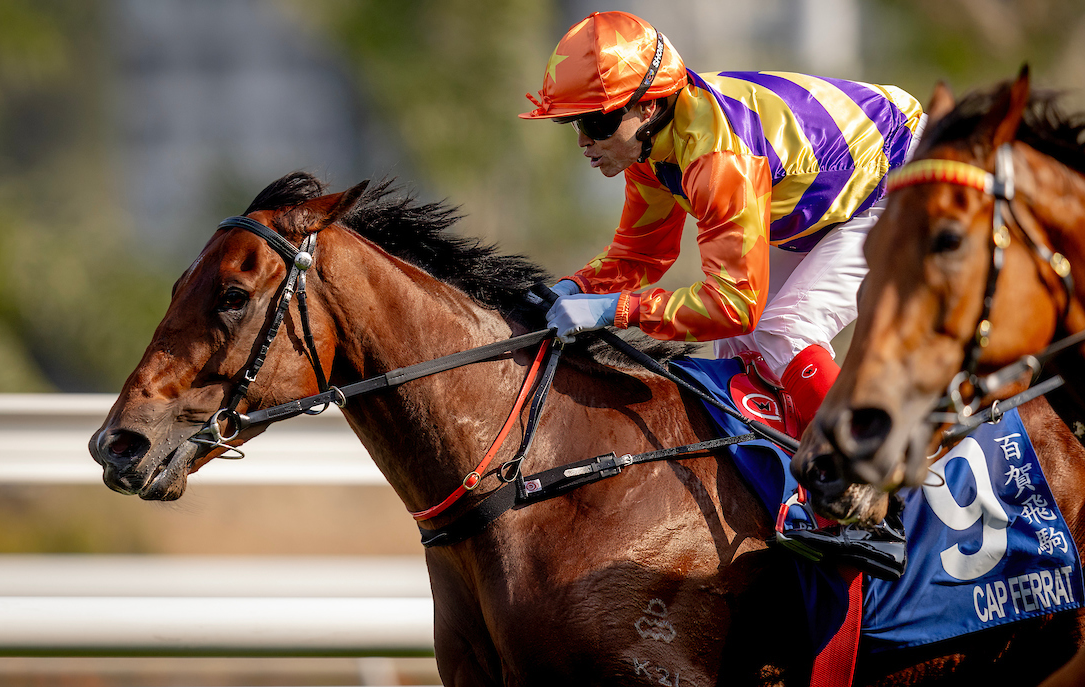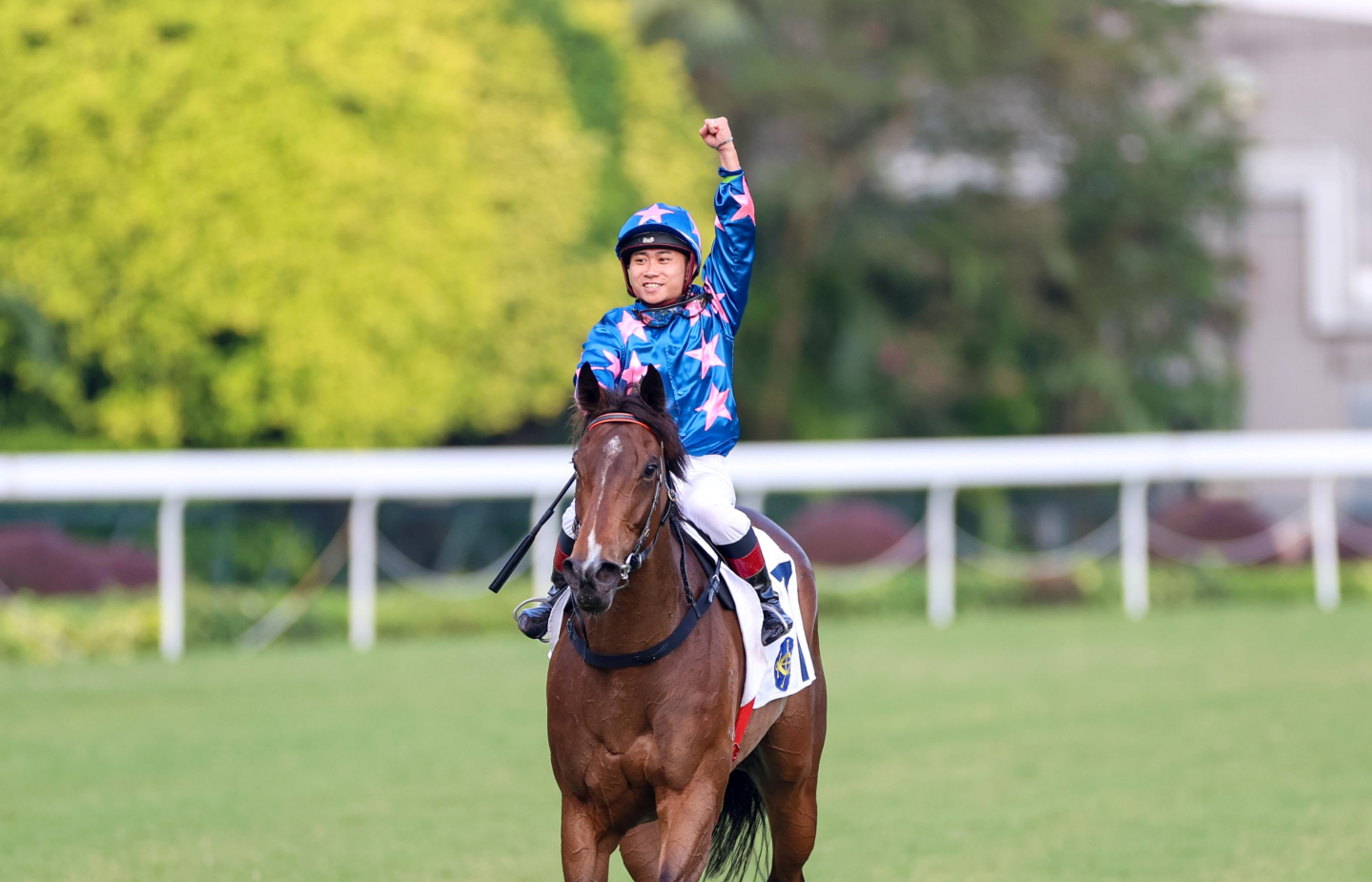My Wish may not go down in history as the winner of the 2025 Hong Kong Derby, but the pint-sized pony with an enormous heart produced the race’s most extraordinary performance by charging home from last to finish an agonising short head behind Cap Ferrat.
In doing so, he set a new record of his own – the fastest final 400m recorded over the Sha Tin 2000m since sectional timing was introduced in April, 2008. He covered his final two furlongs in 21.39s, 0.03s faster than the previous benchmark set by California Memory when he was second to Ambitious Dragon in the 2011 QEII Cup.
Not only were both My Wish and California Memory admirable in defeat, but they also have something else in common: they are among just three per cent of horses to have raced in Hong Kong since 2010 who have an average body weight under 1,000 pounds (454kg).
Pre-race body weights are methodically reported in Hong Kong and Japan. A metric that has traditionally been measured by eye for punters around the world, it has a definitive value in these two big betting jurisdictions.
Based on the average weight of every one of almost 8,000 horses to race in Hong Kong over the last 15 years, the average Hong Kong horse has weighed 1,113 pounds (505kg).
Since 2000, the smallest horse to race in Hong Kong was diminutive French filly Vallee Enchantee who was only 813 pounds (369kg) when she won the 2003 Hong Kong Vase. By contrast, the heftiest horse was the monstrous dirt miler Run Des Run, who averaged 1,416 pounds (642kg) across his career but who once raced at an astounding 1,503 pounds (682kg).
Traditionally, Hong Kong buyers have sought horses with size and scope to grow, especially strong sprinting types from the southern hemisphere. Former Sha Tin trainer Tony Millard said that he believed that a bulkier horse is better equipped to handle Hong Kong’s handicap system.
Either way, it is those at either end of the weight spectrum – gigantic or miniscule – who tend to garner a cult following.
It is the same in Japan, where the recently retired Melody Lane became a fan favourite as the JRA’s smallest horse. An eight-time Group 1 runner, the lightest at which she ever raced was 741 pounds (336kg).
She was celebrated with songs, dedicated Instagram fan accounts and even a hotel room – the Melody Lane Room – at the Shizunai Eclipse Hotel near many of the big breeding farms in Hokkaido.
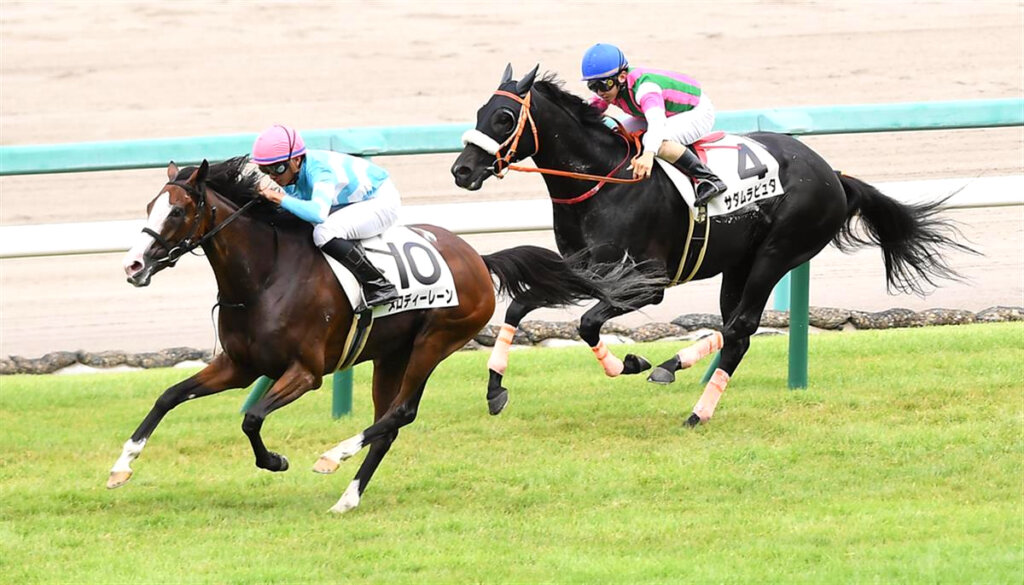
While horse weights are not measured publicly in most jurisdictions, numbers will occasionally be thrown out there. For instance, the legendary Northern Dancer – the Canadian champion who became the most influential stallion of the 20th century – weighed only 940 pounds before his Kentucky Derby triumph in 1964.
The American idiom, often misattributed to Mark Twain, states that it’s not the size of the dog in the fight but the size of the fight in the dog that matters most.
When it comes to horses, sometimes size does matter. There is a famous photo finish in the 1988 Melbourne Cup where the nuggety Natski’s tail was first past the post but the part that counted – his nose – was a long head behind that of the gigantic Empire Rose.
Perhaps if My Wish was slightly bigger, his nose would have been in front when it counted on Sunday. But perhaps he would not have been able to reel off such a dazzling late sectional if he wasn’t light of foot.
In any case, if the size of the fight in My Wish is anything to go by, there are plenty of exciting times ahead for trainer Mark Newnham and owners Ada Che, Suki Tang and Ruby Hui ∎
